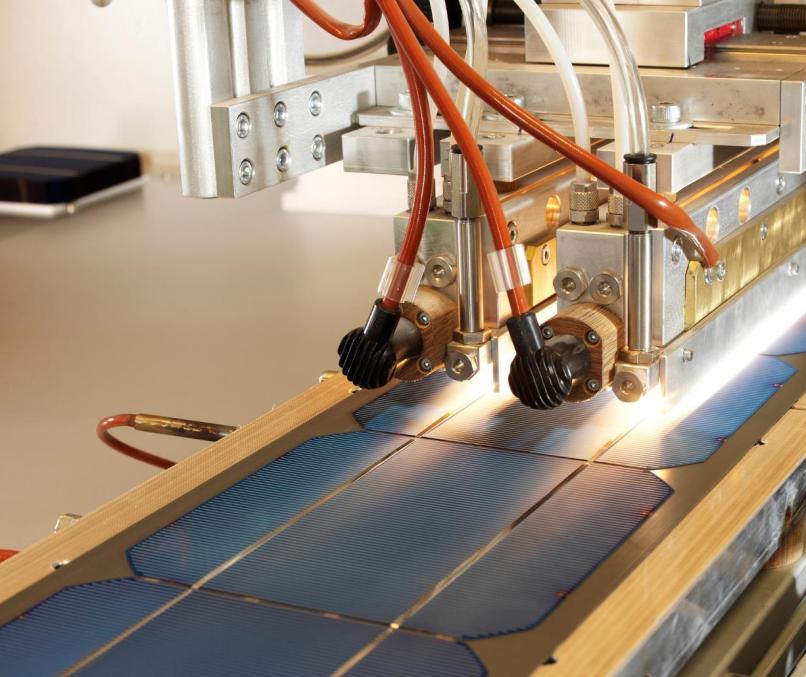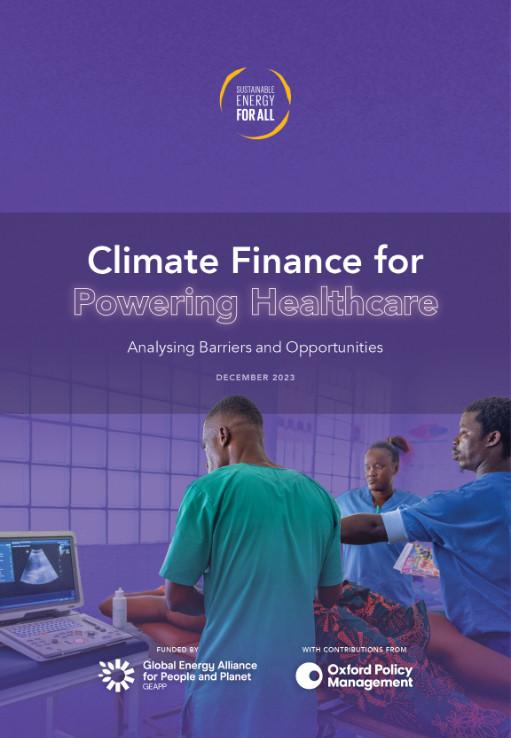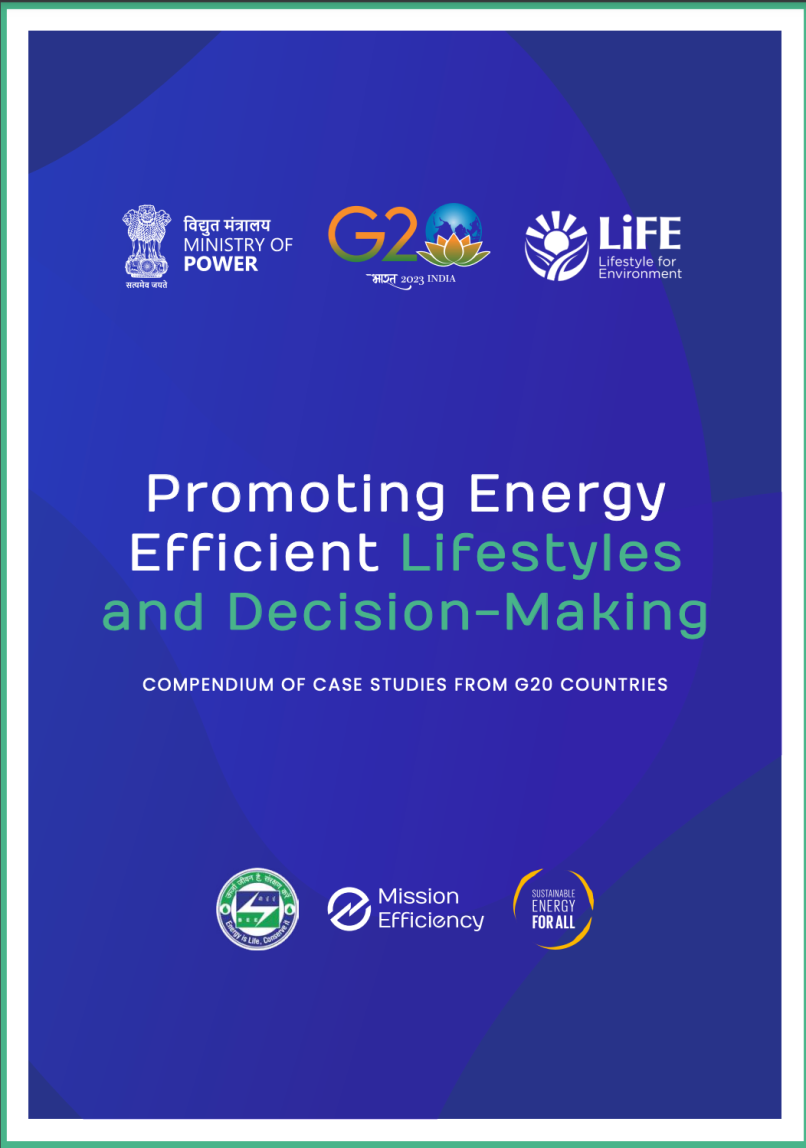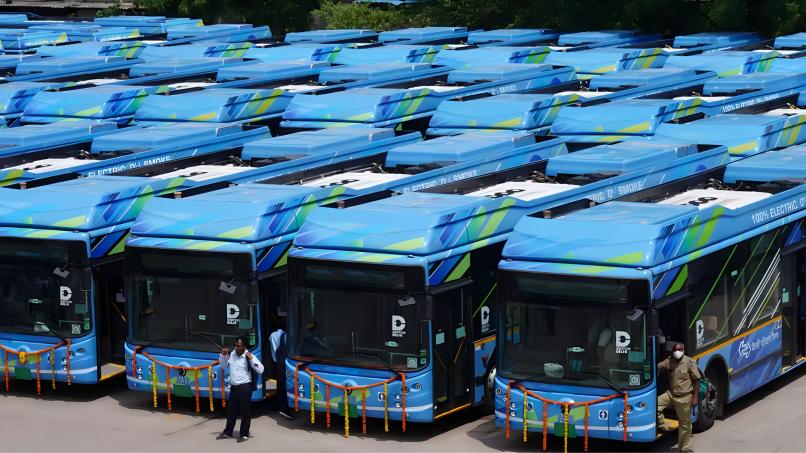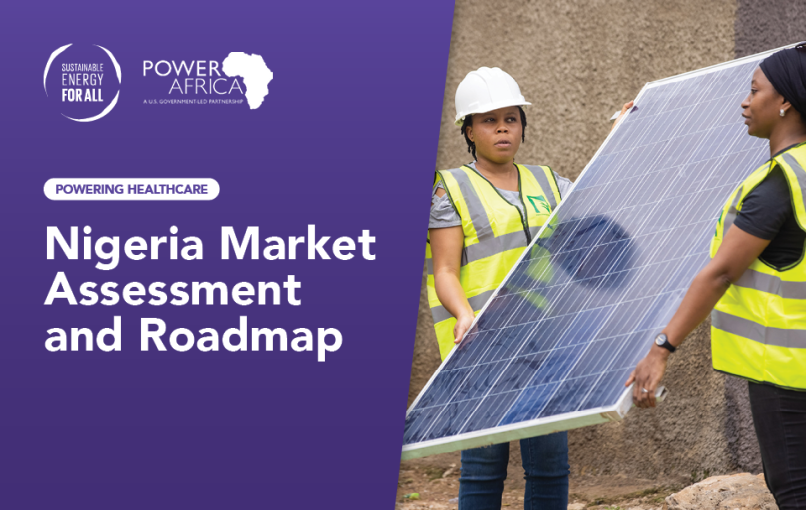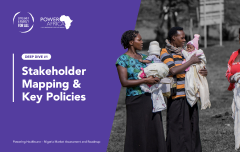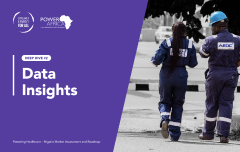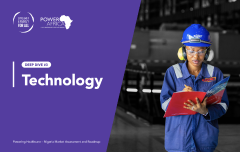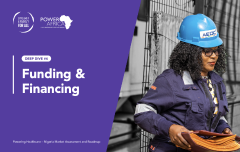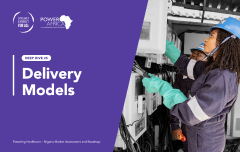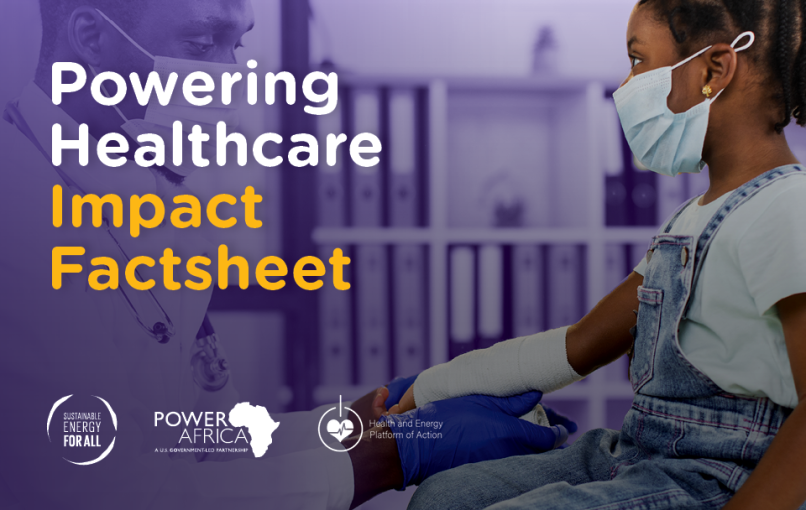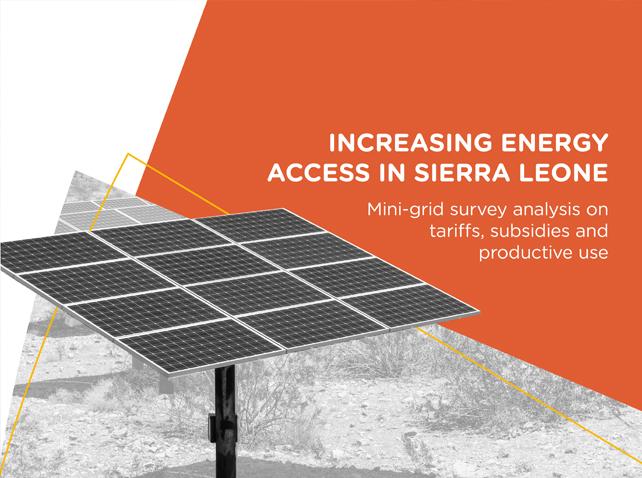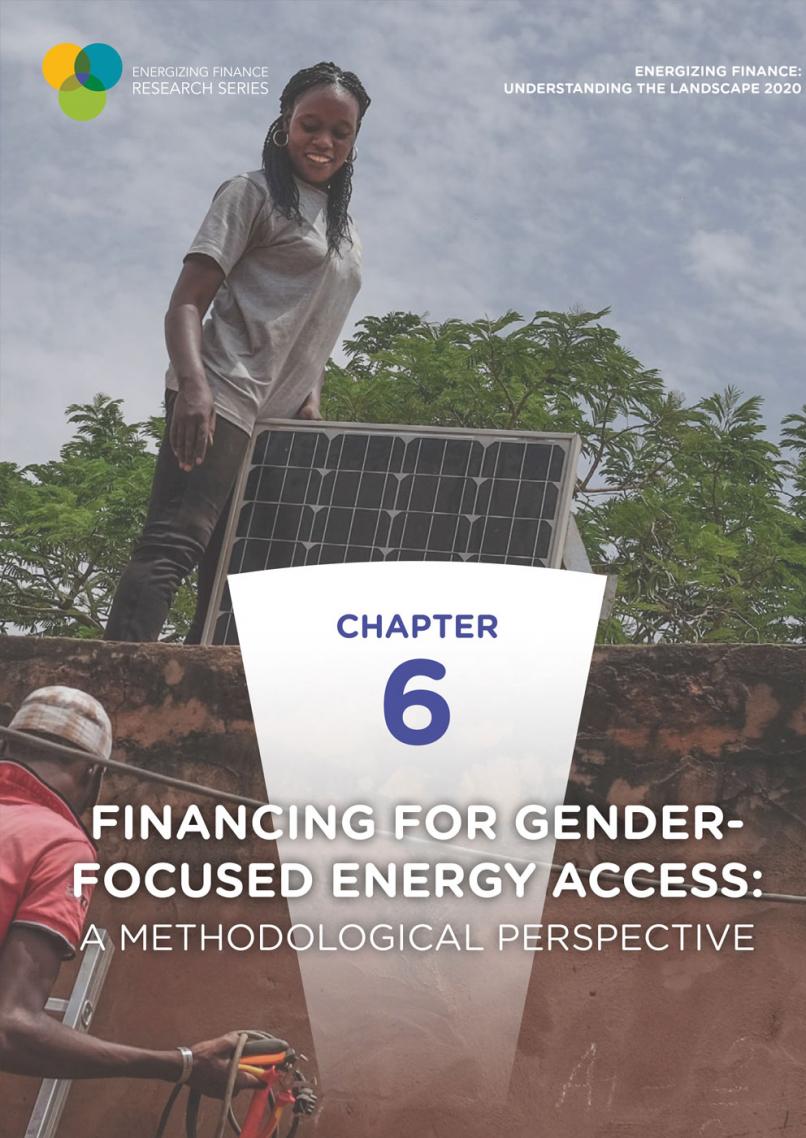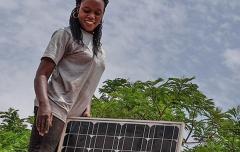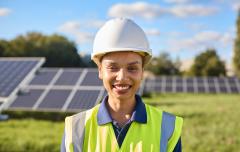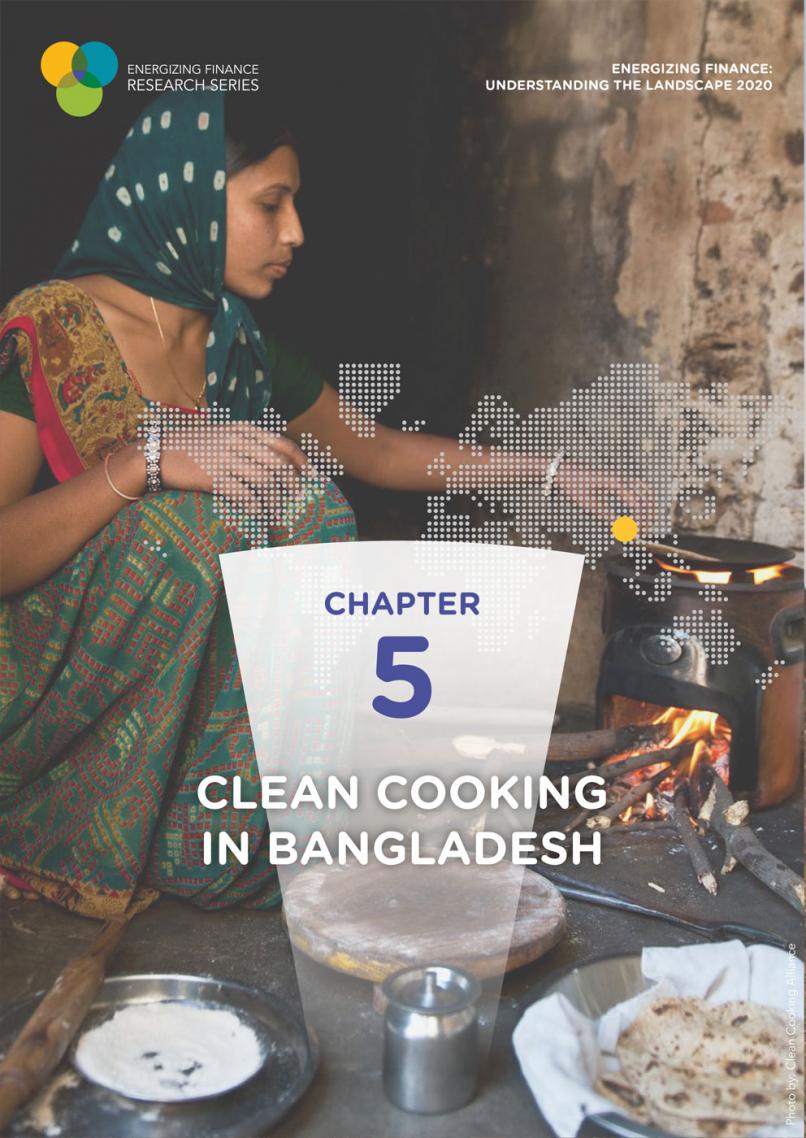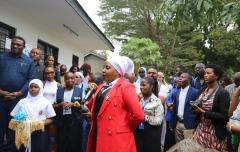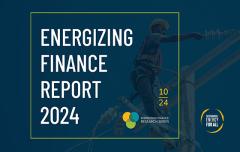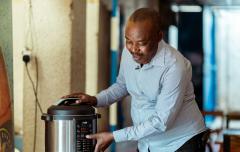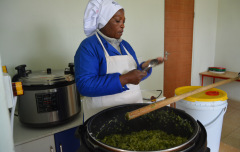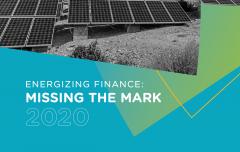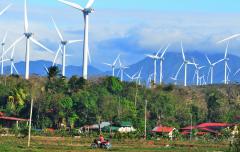Kenya Green Manufacturing Policy and Investment Guide
Kenya's energy consumption is rapidly increasing, fueled by expanding energy access, industrialization, and growing demand. Kenya’s Energy Transition and Investment Plan, ratified in 2023, offers a pathway to achieve net zero by 2050 while meeting the country’s energy needs and balancing socio-economic development objectives. Local manufacturing and value chain development is a key opportunity for the government to maximize the socio- economic benefits of the energy transition - recognized in the draft National Energy Policy and E-mobility Policy.
This guide aims to provide industry, investors and other stakeholders a preliminary overview of the manufacturing policy and regulatory landscape in Kenya highlighting applicable laws, institutions and incentives available. It also highlights challenges and potential solutions to address bottlenecks facing local manufacturers in the solar PV, battery and electric mobility ecosystem.

